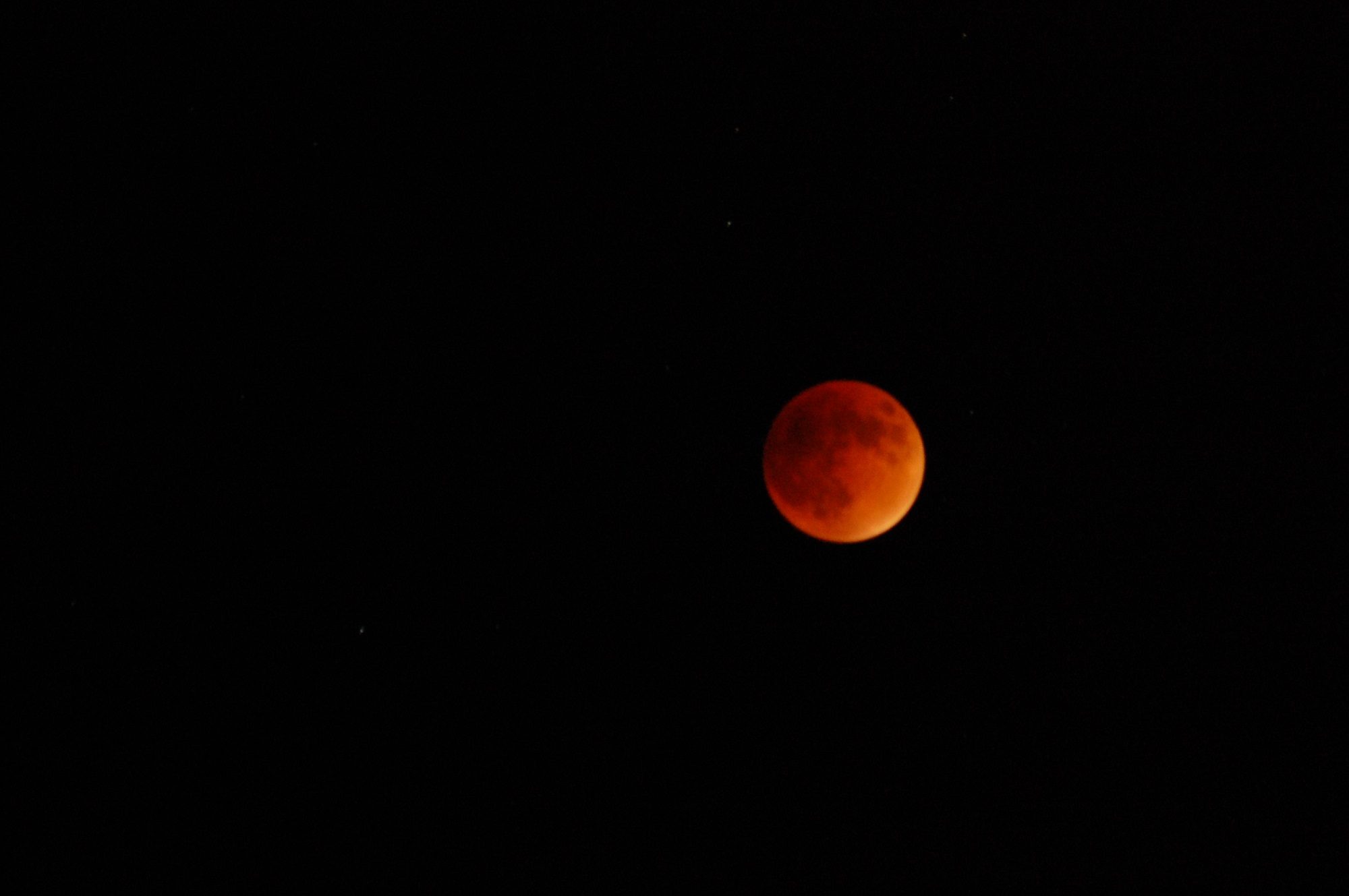Abstract: Dissolved oxygen (DO) is one of the most significant indicators of water quality in the inland water systems. Maintaining DO monitoring systems is time and money consuming since in situ DO data with high spatial and temporal resolution is needed to design appropriate coastal management plans. In this study, we mapped the spatiotemporal changes of DO in the Little Miami River (LMR) using 10-m Sentinel-2 images. We trained two machine learning algorithms – Random Forest (RF) and Support Vector Machine (SVM) – to predict DO concentrations using spectral predictors derived from the satellite images. Moreover, we calculated several metrics, which include Root Mean Squared Error (RMSE), Amount of Variance Explained (AVE), Coefficient of Efficiency (COE), and Normalized Mean Bias (NMB) to assess the performance of the models and accuracy of the DO maps. Our results showed a good agreement between modelled and measured DO concentrations with minimal residual errors ranging between 0.201 mg/L and 0.241 mg/L. Furthermore, RF and SVM revealed to be the reliable and effective algorithms to estimate DO concentrations with bands 5 (B5, vegetation red edge) and 8 (B8, NIR) as important predictors. We found the DO concentrations in the LMR to be in good to excellent range (7.3 mg/L to 14.7 mg/L for August and 10.8 mg/L to 14.5 mg/L for October), based on the minimum criterion for warm water habitat in the Ohio Water Quality Standards (WQS). Our findings have provided spatial insight to the current status of DO and the success of the management steps taken to manage and prevent eutrophic problems in the LMR.
Authors: Eric Ariel L. Salas 1,*, Sakthi Kumaran Subburayalu 1, Eric B. Partee 2, Leeoria P. Willis 1, Kayla Mitchell 1
1Agricultural Research Development Program (ARDP), Central State University, Wilberforce, OH 45384, USA
2Little Miami Conservancy, Loveland, OH 45140, USA
Citation: Salas EAL, Subburayalu SK, Partee EB, Willis LP, Mitchell K (2022) Potential of mapping dissolved oxygen in the Little Miami River using Sentinel-2 images and machine learning algorithms, Remote Sensing Applications Society and Environment, 26: 100759. doi: 10.1016/j.rsase.2022.100759
Download the article’s PDF here.
